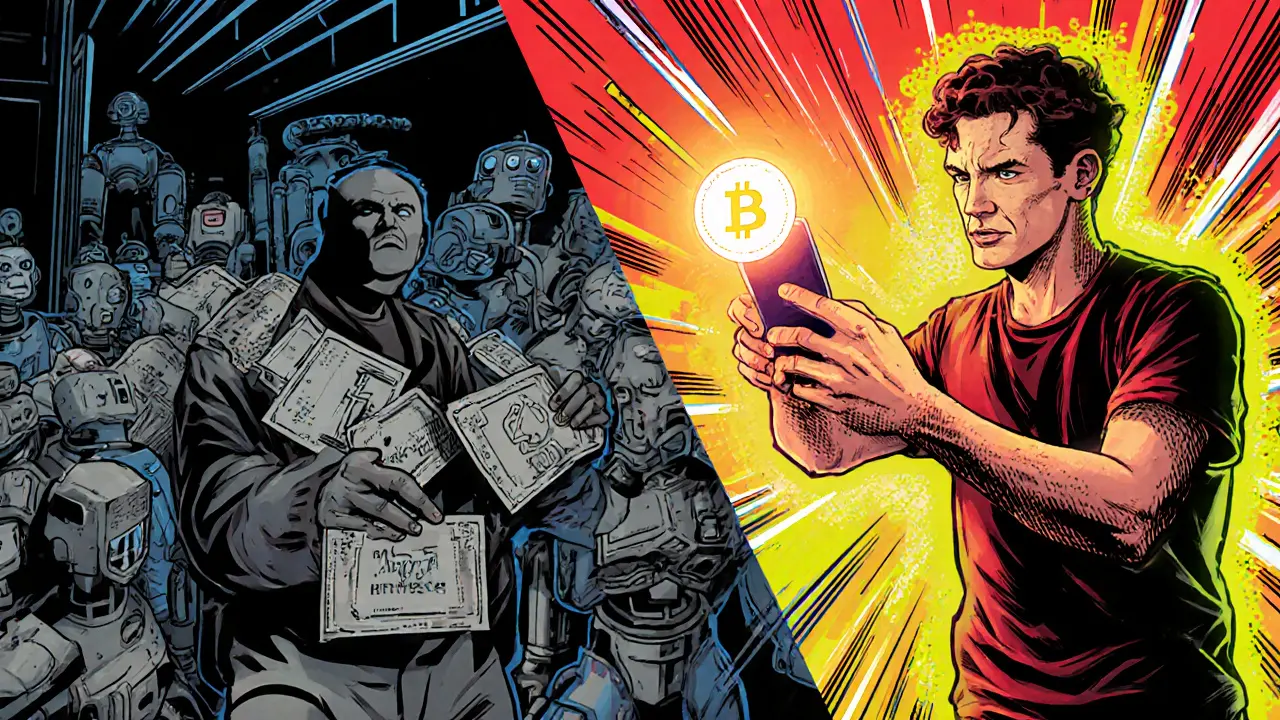Royalty Fees in Blockchain: What They Are and Why They Matter
When dealing with Royalty Fees, a recurring payment to the original creator each time a digital asset is transferred on a blockchain. Also known as creator royalties, they ensure artists keep earning as their work changes owners. Royalty fees are a core part of the new internet economy, especially where NFTs, DeFi tokens, and smart contracts intersect.
One of the biggest drivers behind royalty fees is the rise of NFT royalties, automatic payouts built into non‑fungible token contracts when the token is sold on a marketplace. This system lets a musician, graphic designer, or game developer receive a slice of every resale without needing a middleman. The royalty percentage is set in the smart contract, so the rule is enforced by code, not by trust.
Behind the scenes, smart contract fees, the gas or computation cost required to execute a contract on a blockchain play a crucial role. Every time a royalty is triggered, the network must process a transaction, and that transaction consumes gas. If the gas price spikes, paying the royalty becomes more expensive, which can affect both the buyer’s willingness to trade and the creator’s expected earnings.
Relatedly, blockchain transaction fees, the cost paid to miners or validators for confirming a transaction influence the overall cost structure of royalty payouts. High network congestion can push fees up, making small‑scale royalty payments uneconomical. Creators often factor this into their royalty percentages, aiming for a balance between fair compensation and affordable resale.
In the DeFi world, DeFi fees, various charges like liquidity provider fees, swap fees, and protocol taxes can be combined with royalty mechanisms. For example, a tokenized music album might earn royalties on each trade while also generating yield from a liquidity pool. This layered fee model creates new revenue streams but also adds complexity for users who need to understand how each fee type interacts.
How Royalty Fees Shape the Crypto Landscape
Royalty fees intersect with many of the topics covered across our site. Mining difficulty adjustments keep block times stable, which indirectly stabilizes transaction fees and thus the cost of paying royalties. Airdrop programs often include royalty clauses for future token sales, giving participants a stake in ongoing earnings. Regulations in countries like Pakistan or China can affect how royalties are taxed or reported, especially when they involve cross‑border digital assets.
Understanding royalty fees means grasping three key relationships: (1) royalty fees are enforced by smart contracts, (2) they depend on blockchain transaction fees for execution, and (3) they can be integrated into broader DeFi fee structures. These connections explain why creators, traders, and developers all care about the fee environment. As the ecosystem evolves, tools like multisig wallets, decentralized identity (DID) solutions, and blockchain sharding will influence how efficiently royalties are calculated and distributed.
Below you’ll find a curated set of articles that dive into each of these angles—mining dynamics, airdrop mechanics, legal considerations, and practical guides on wallets and staking. Together they give a full picture of how royalty fees operate within the fast‑moving crypto space, helping you make informed decisions whether you’re an artist, investor, or developer.

How NFT Ticketing Stops Ticket Scalpers and Keeps Prices Fair
Discover how NFT ticketing uses blockchain and smart contracts to stop scalpers, set resale caps, and give organizers new revenue streams.
June 6 2025